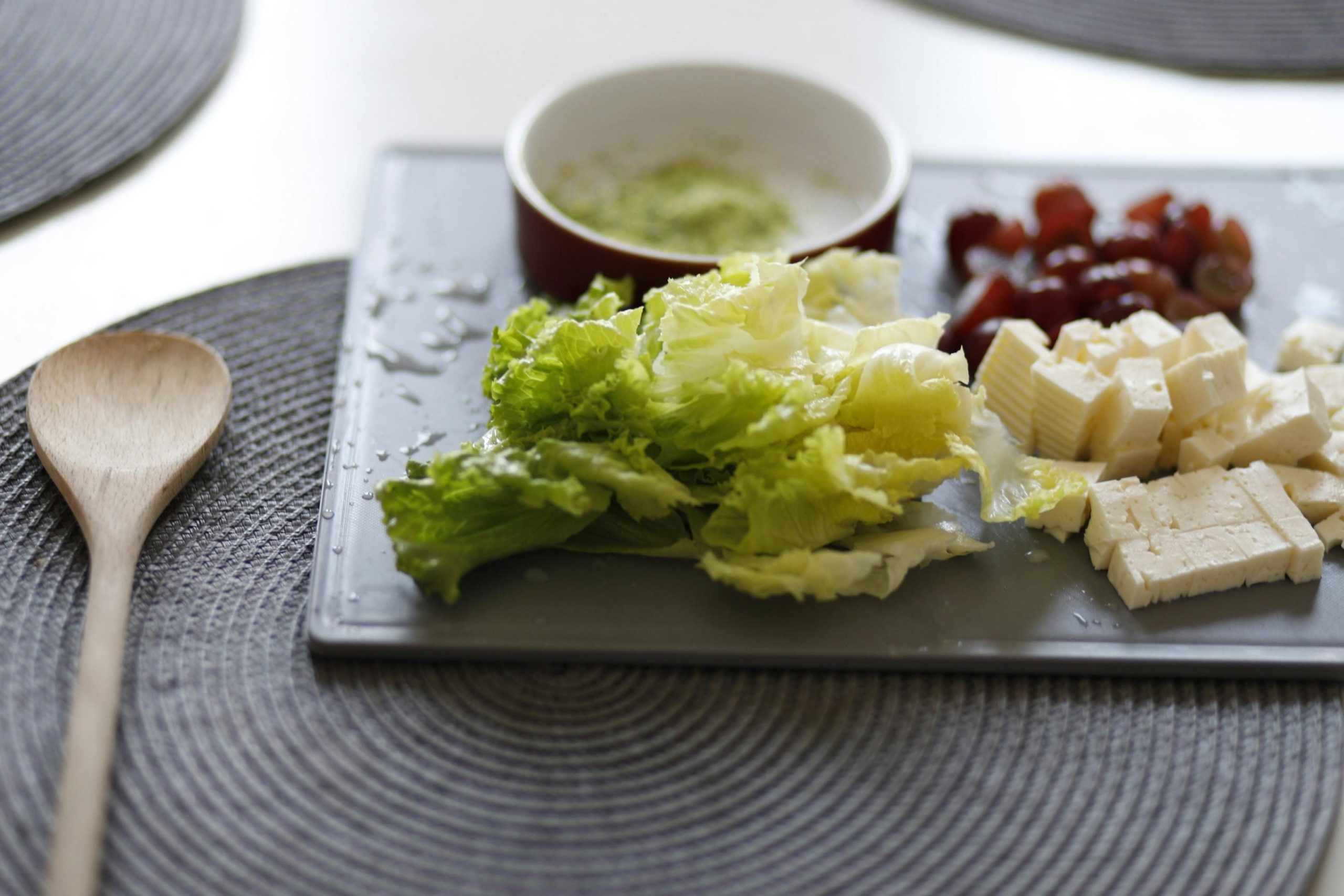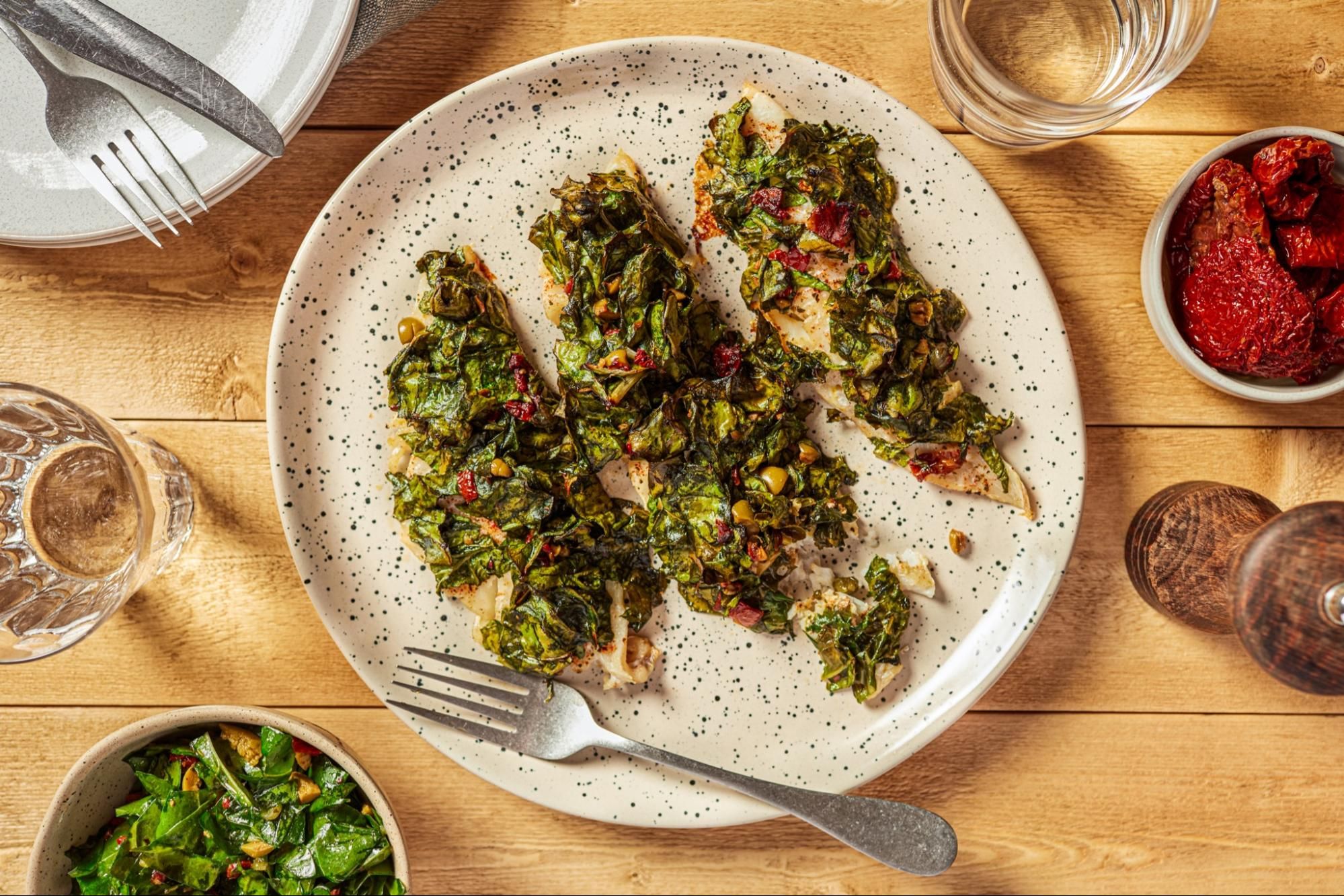Have you ever wanted to master the art of making traditional Swiss Zopf bread?
It can be daunting to try a new bread recipe, especially one with such a rich heritage and specific techniques.
Zopf bread, known for its beautiful braided design, is made from a combination of flour, milk, yeast, sugar, butter, and eggs, creating a rich and tender crumb.
This blog post will guide you through the essential ingredients, necessary equipment, and step-by-step instructions to bake the perfect Zopf bread, along with tips and creative variations to enhance your baking experience.
Essential Ingredients for Your Zopf Bread Recipe
To embark on your Zopf bread baking journey, it’s crucial to begin with the right ingredients, each playing a pivotal role in the bread’s texture and taste. The base of Zopf bread includes all-purpose flour or bread flour for structure, with sugar to feed the yeast and enhance browning. Salt is essential for flavour balance, while milk (preferably lukewarm to aid yeast activation) adds moisture and richness. Butter, incorporated in soft pieces, enriches the dough, contributing to its tender crumb and golden crust.
The binding agent in the mix is an egg yolk, which not only helps in binding the ingredients but also enriches the dough’s colour and texture. For leavening, yeast is fundamental; whether you use fresh yeast or dry yeast, it’s the engine behind the dough’s rise, creating the light, airy texture Zopf is known for. The final touch before baking is an egg wash (a mix of egg yolk and milk), which gives the loaf its characteristic glossy, golden finish. These ingredients, when combined in the correct proportions, set the foundation for a perfect Swiss Zopf bread.
Necessary Equipment for Baking Zopf Bread

When preparing to bake Zopf bread, having the right equipment can make the process smoother and more enjoyable. Essential tools include a large mixing bowl for combining your ingredients and a dough hook attachment if you’re using a stand mixer to knead the dough. For those who prefer hands-on kneading, a dough scraper can be very helpful. Additionally, you’ll need a baking sheet lined with parchment paper to bake the loaf, and a pastry brush for applying the egg wash. These tools ensure that your bread baking experience is efficient and your Zopf turns out beautifully.
Understanding Yeast in Zopf Bread Preparation
Understanding the role of yeast in Zopf bread is crucial for successful baking. Yeast, a living organism, is what makes the dough rise by producing carbon dioxide through fermentation. For Zopf, you can use active dry yeast or fresh yeast; the key is ensuring it’s fresh and active for the best rise. If using instant yeast, remember it can be mixed directly into dry ingredients without needing to be activated in warm milk first. Always ensure your liquids are lukewarm—too hot, and you risk killing the yeast, too cold, and it won’t activate properly, affecting the bread’s rise and texture.
Step-by-Step Instructions to Bake Zopf Bread

To begin your Zopf bread, start by activating the yeast. In a small bowl, dissolve sugar and yeast in 100 ml of lukewarm milk. Allow this mixture to sit in a warm spot until it starts bubbling, which takes about 10 minutes. This initial step is crucial as it kick-starts the fermentation process, essential for the bread’s rise.
Next, in a large mixing bowl, combine your flour and salt. Add the activated yeast mixture along with the remaining 500 ml of milk. Begin to mix using a spatula or a dough hook on a stand mixer. Once combined, gradually incorporate the softened butter. Here are the steps:
- Mix the dry ingredients and yeast mixture.
- Gradually add the milk.
- Incorporate the butter until the dough begins to form.
After mixing, it’s time to knead the dough. If doing this by hand, transfer the dough onto a floured surface and knead until it becomes smooth and elastic, about 15 minutes. This kneading is vital as it develops the gluten, which gives the bread its structure and texture. Once kneaded, let the dough rise in a warm place, covered with a damp cloth, until it doubles in size, which should take about 2 hours.
Tips for Perfecting Your Zopf Bread

Achieving the perfect Zopf bread requires attention to detail, especially during the kneading process. Kneading is not just about mixing; it’s about developing the gluten in the dough, which gives the bread its structure and chewiness. Aim to knead your dough for at least 15 minutes by hand or using a mixer with a dough hook. This might seem long, but it’s crucial for creating that silky, elastic texture characteristic of good Zopf bread. Remember, the dough should be tacky but not overly sticky.
Another tip for enhancing the flavour and texture of your Zopf bread involves the ingredients’ temperature. Ingredients should ideally be at room temperature to ensure they blend more uniformly and react well with the yeast. If you’re aiming for a richer taste, consider adjusting the amount of butter slightly, as fat enriches the flavour and softens the bread’s texture. However, be careful not to overdo it, as too much fat can inhibit yeast activity.
Creative Variations of Traditional Zopf Bread

Traditional Zopf bread, while delicious on its own, offers a fantastic canvas for culinary creativity. By adding ingredients like nuts, dried fruits, or experimenting with different types of flour such as whole wheat or spelt, you can enhance both the flavour and nutritional profile of the bread. These additions not only introduce new textures and tastes but also make each loaf unique:
- Nuts such as walnuts or almonds can add a crunchy texture.
- Dried fruits like raisins or apricots provide a sweet contrast to the savoury dough.
- Using different flours can alter the bread’s density and nutritional content, catering to various dietary preferences.
Another exciting variation is incorporating flavours that complement the bread’s rich, buttery base. For instance, folding herbs such as rosemary or thyme into the dough can create a delightful aroma and a subtle taste, perfect for a savoury twist. Alternatively, adding a hint of cinnamon or vanilla can enhance the bread’s sweetness, making it an excellent choice for breakfast or dessert. These simple tweaks not only elevate the traditional Zopf but also allow bakers to personalise their creations:
- Herbs offer a fresh, aromatic quality.
- Spices like cinnamon add warmth and depth of flavour.
- Experimenting with these additions can transform the traditional Zopf into a versatile treat suitable for various occasions.
Braiding Techniques for Swiss Zopf Bread

Braiding Swiss Zopf bread is both an art and a technique that can transform simple dough into a visually stunning loaf. Traditionally, the most common method involves a three-strand braid, which is quite similar to braiding hair. Start by dividing your dough into three equal parts, roll each into a long strand, and then cross the right strand over the middle, followed by the left strand over the new middle, continuing this pattern until you reach the end. For those who enjoy a challenge, the two-strand method involves crossing two ropes of dough in an alternating left over right and right over left pattern, creating a twisted, intricate appearance.
Modern adaptations of Zopf braiding have also gained popularity, allowing bakers to be more creative with their bread shapes. Some innovative braiding techniques include:
- Four-strand braid: This method offers a more complex and tighter weave, enhancing the bread’s aesthetic appeal.
- Circular or wreath-shaped Zopf: By connecting the ends of a braided loaf, you can create a circular shape, perfect for festive occasions.
These variations not only make the bread visually appealing but also enhance the crust-to-crumb ratio, offering more texture and flavour in every bite. Whether you stick with traditional braiding or venture into more elaborate designs, the key is to keep the strands tight and even for the best baking results.
Serving Suggestions for Zopf Bread

Zopf bread, with its rich, buttery texture, is a versatile delight perfect for various occasions. For a classic breakfast or brunch, serve it sliced with a spread of cream cheese, lemon curd, or chocolate paste. It pairs wonderfully with a range of cheeses and cold cuts, making it an excellent choice for a hearty morning meal. For a sweeter touch, Zopf can be transformed into luxurious French toast, soaked in a mixture of beaten eggs, milk, and a hint of cinnamon, then pan-fried until golden brown. This Swiss bread also serves as an elegant complement to afternoon tea, especially when served with jams or honey. Here are some popular ways to enjoy Zopf bread:
- As a base for savoury sandwiches with ham, cheese, and fresh greens
- Sliced and toasted with butter and a sprinkle of sugar for a simple treat
- Used as a creative base for canapés during gatherings or special events
Storing Your Zopf Bread: Tips and Tricks
To keep your Zopf bread fresh and extend its shelf life, start by cooling the bread completely on a wire rack to prevent moisture build-up. Once cool, wrap the loaf in a clean, dry tea towel and store it in a bread box or a loosely closed paper bag. This method helps maintain the right balance of moisture, preventing the bread from drying out or becoming too soggy. For longer storage, slice the bread and freeze it in an airtight container or freezer bag, allowing you to enjoy fresh Zopf whenever you like.
Discover More Swiss Delights with Indulge’s Culinary Tours
Beyond mastering the Zopf, INDULGE offers an immersive journey into Swiss cuisine through its expert-led culinary tours in Zurich. These tours are designed to enhance your appreciation of Swiss food traditions, taking you through historic areas like Zurich West and Old Town.
Participants of INDULGE’s tours enjoy a variety of benefits, including:
- Learning about the rich history behind Zurich’s culinary scene
- Tasting famous Swiss specialties and international dishes
- Experiencing exclusive Wine & Dine events in iconic venues
These elements together provide a deeper understanding of the gastronomic landscape in Switzerland.
Frequently Asked Questions
What’s the difference between Challah and Zopf?
The difference between Challah and Zopf primarily lies in their ingredients and cultural significance. Challah, a Jewish bread, typically uses oil and sometimes includes eggs, while Zopf, a Swiss bread, is known for its use of butter and often includes milk, which gives it a richer flavour. Both breads are braided, but they stem from different traditions and have distinct textures and tastes due to their differing ingredients.
Is Zopf the same as brioche?
No, Zopf is not the same as brioche. While both are rich, European breads, they have different compositions and textures. Zopf is a Swiss bread that includes milk and butter, giving it a tender crumb and a rich texture. Brioche, a French bread, is heavier on eggs and butter, making it very rich and slightly sweet. The preparation techniques and final textures of the two breads also differ.
What is Zopf made of?
Zopf is made from a combination of flour, milk, yeast, sugar, butter, and eggs. These ingredients contribute to its rich and tender crumb. Specifically, the dough includes all-purpose flour or bread flour, sugar to feed the yeast, salt for flavour balance, lukewarm milk to aid yeast activation, soft pieces of butter, and an egg yolk to enrich the dough’s colour and texture. An egg wash made from egg yolk and milk is also used to give the loaf its glossy, golden finish.








